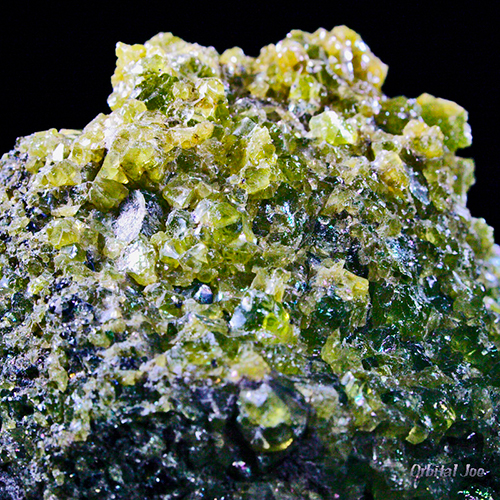
A research team from INRS has developed a process for the electrolytic treatment of wastewater that degrades microplastics at the source. Wastewater can carry high concentrations of microplastics into the environment. These small particles of less than 5 mm can come from our clothes, usually as microfibers. Professor Patrick Drogui, who led the study, points out there are currently no established degradation methods to handle this contaminant during wastewater treatment. Some techniques already exist, but they often involve physical separation as a means of filtering pollutants. These technologies do not degrade them, which requires additional work to manage the separated particles.
Therefore, the research team decided to degrade the particles by electrolytic oxidation, a process n...
Read More









Recent Comments